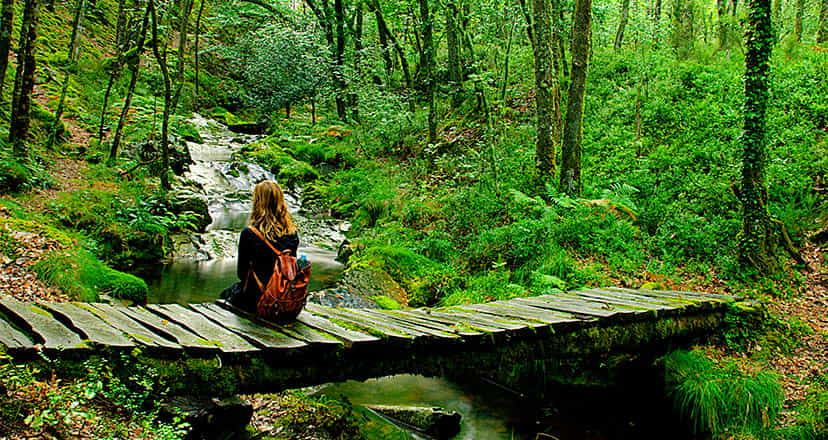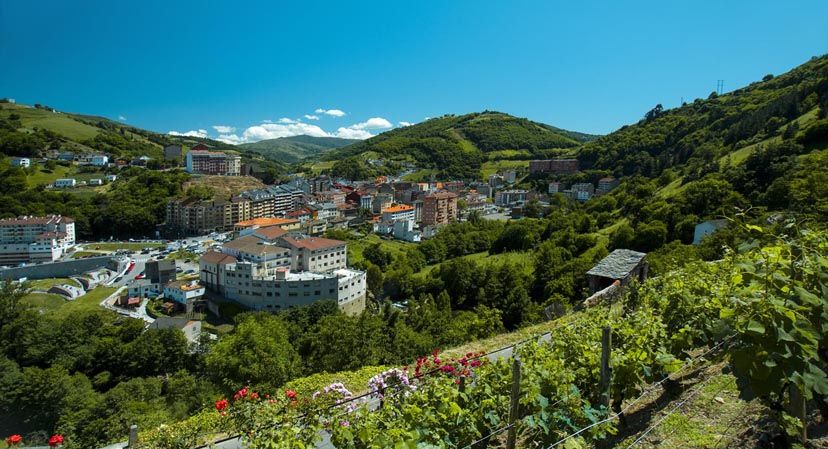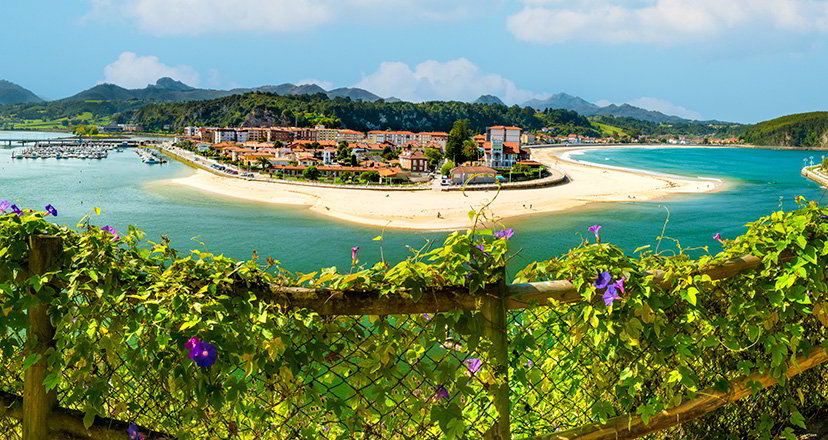Back Places for a getaway in Asturias
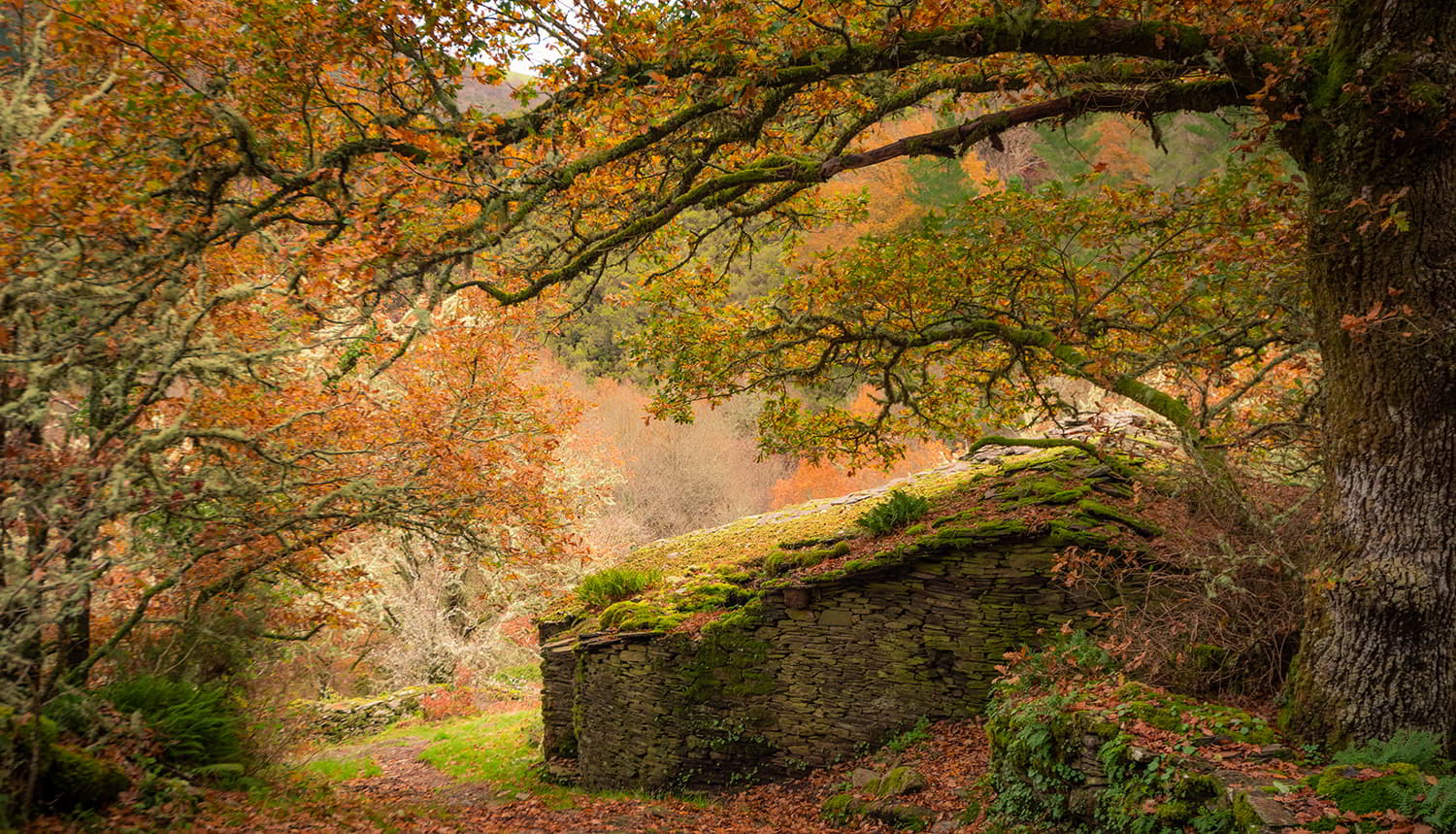
The best places for a getaway in Asturias
Different places in Asturias offer you dozens of leisure possibilities. In this post, we have chosen some destinations where we suggest you 10 different plans in each one of them.
Different councils, places and regions of Asturias offer you dozens of possibilities for leisure, relaxation, rest, disconnection... In short, for healthy living and unique and unforgettable experiences.
In this post, we have chosen a lot of destinations, where we suggest you 10 different plans in each one!
So that's nothing! Nothing more and nothing less than more than a hundred options to fill your Asturian logbook with full and happy moments.
Pilona, Los Oscos, Taramundi, Ribadesella, Cabrales, Cangas del Narcea, Cudillero, Luarca/Ḷḷuarca, the Navia Historical Park, the Cider Region, the Redes Natural Park and the cities of Asturias present you with the best of themselves!
Piloña, a land of asturcones and surprises
Piloña is one of those places where there is always something new to discover. Villages that seem to be from another time, historic rivers, waterfalls that make you fall in love, beautiful routes, or beautiful valleys and mountains.
It is also the land of the Asturcones, and of the best mineral waters you can find, not forgetting that it is one of the great reserves of the European Neanderthal, thanks to the important prehistoric finds in the Sidrón cave.
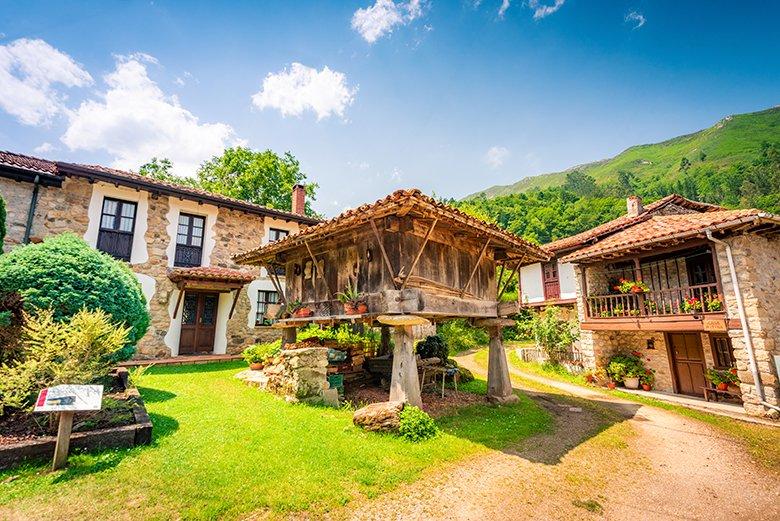
In Piloña, you can go on an ethnographic or hiking route, or visit unique villages, or visit the Sanctuary of the Virgen de la Cueva, or enjoy excellent food anywhere in this municipality. And of course, a must is to go up to the Sueve, to the sheepfold of Espineres, to contemplate the Asturcones in freedom.
For all these reasons... Here are the 10 best things to see and do in Piloña!
Los Oscos: beautiful routes between rivers and waterfalls
A dreamlike place ideal to be the refuge of mythological beings. A place with peaceful villages, and gentle mountains. With forests and small rivers and waterfalls. A place where the green of the Asturian nature blends with the black of the slate of its naked architectures, and where fire and iron have their true home. That place is called Los Oscos, and it has been Exemplary Village of Asturias in 2016.
Los Oscos are three in one: Santa Eulalia, San Martín and Villanueva, and all three municipalities bear the surname De Oscos. Three places where, in addition to the serene beauty of the landscape, the hospitality of its inhabitants stands out.
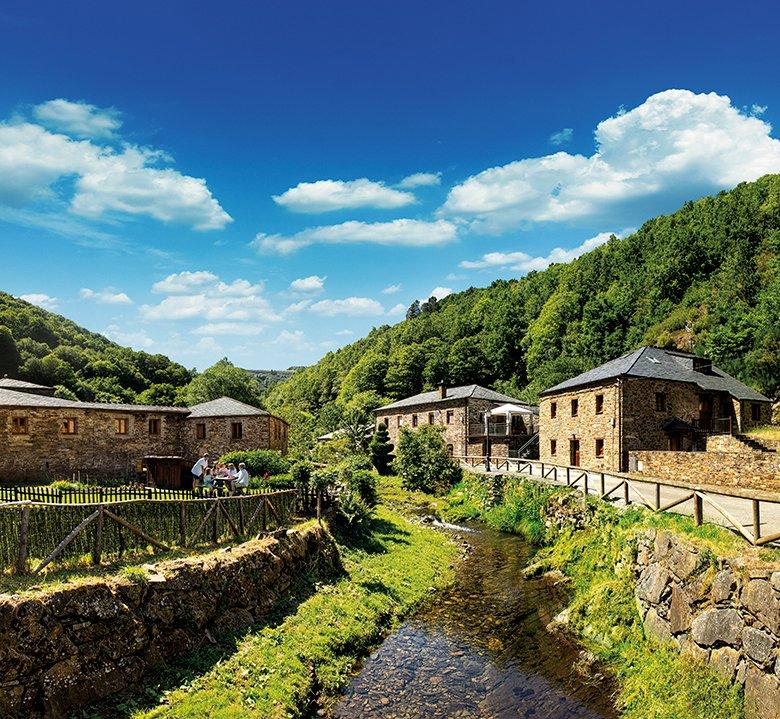
The Oscos have a remarkable network of hiking trails, including A Seimeira, (the cover photo of this post corresponds to this route), one of the most emblematic and whose waterfall is more than 30 metres high. And as a land of ironworkers since ancient times, it offers you the chance to see a forge in situ in Mazonovo, and to immerse yourself in this trade through workshops and guided tours.
Another of the traditions that are still kept alive in Los Oscos is that of the loom and the craft of knives.
They are also one of the seven Biosphere Reserves in Asturias, and the only one with a coastline. So you'll be in the mountains, and just half an hour's drive away, you can enjoy fantastic beaches.
Taramundi, a great open-air theme park
Taramundi is drawn between mountains and valleys, and between sun and mist, between villages that slope down the hillsides, and also stands out for the abundance of water, which appears in rivers and streams, making the forests lush and green.
Taramundi is a magical universe, with the gleam of slate and stone in the villages, and the glitter of the blades of the thousands of knives that have emerged from the workshops of its craftsmen over the centuries.
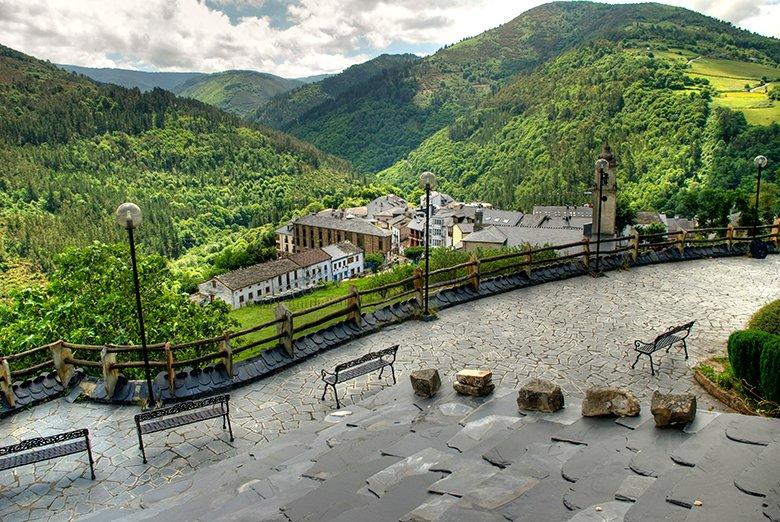
To all this we must add the peace and quiet of the loom, the warmth of the fire and the ferreiros, the poetics of iron, and the delicious flavours that emerge from the fire...
Taramundi is, in short, a great open-air theme park where water and iron are the protagonists, and where the museums are alive and inherit the history, habits and culture of centuries.
Here are the 10 best things to see and do in Taramundi!
Ribadesella, a jewel on the eastern coast of Asturias
Ribadesella, both the council and the town, are a real jewel on the eastern coast of Asturias.
The town is as seafaring as they come, with a charming historic quarter, where you can contemplate the architecture of the Indians, which reaches its maximum notoriety on the promenade of the beach of Santa Marina.
Gateway and beach of the Picos de Europa, this town is prehistoric in its own right, and is home to one of the greatest examples of European cave art: the Tito Bustillo Cave, declared a World Heritage Site by UNESCO.
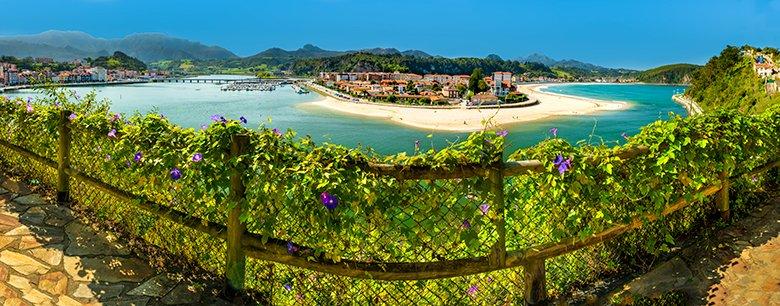
In addition to its beaches - Santa Marina and La Atalaya -, the town offers you the Paseo del muelle, the Paseo de la Grúa, the hermitage of Guía and the Paseo de los Vencedores del Sella. And with a lively tourist and sporting atmosphere, closely linked since ancient times to the sport of canoeing.
If you like to move around and make the most of your destination, in just a few kilometres the town will take you to incredible places such as the village of Tereñes, with its lighthouse and Jurassic cliffs, the immense Vega sandy area, villages such as Ardines, Cueves, Sardalla, Sebreñu, El Carmen/El Carme, cliffs and beaches such as Guadamía, and all along beautiful roads, coastal paths and tracks.
And of course, Ribadesella as a whole is Jacobean. The Camino de Santiago de la Costa passes through the very centre of the town, and also through some of its most famous villages and beaches.
So here are the top 10 things to see and do in and around Ribadesella!
Cabrales: mountains that taste like cheese
Cabrales boasts some of the most emblematic mountains in the whole of the Iberian Peninsula, as the sap of the central massif of the Picos de Europa or the Urrielles runs through its veins, where the great icon of climbing in Spain is located: El Naranjo de Bulnes or Picu Urriellu.
Cabrales is a land of shepherds and cheese, specifically one of the best blue cheeses in the world, Cabrales, which has a PDO.
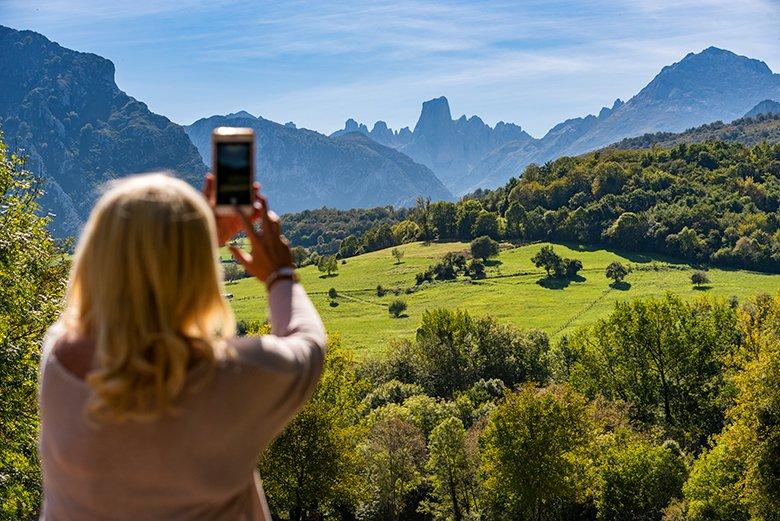
A land, therefore, of struggle, of effort, of survival. So much so that the Asturian council has universal fame and has written its name in the most glorious and sometimes complicated pages of the great mountaineering feats, of the great conquests, both in sporting, scientific and technical terms.
Its villages and mountains are a great outdoor school and training ground. They have welcomed and continue to welcome sportsmen and scientists from all over the world who seek in the Picos de Europa their particular goal for self-improvement, and for a great discovery. So it is not surprising that this area is one of the meccas of nature tourism in Spain.
With all this, it's no wonder you have so many things to see and do ... Here are the top 10 things to see and do in Cabrales!
Cangas del Narcea, the continent in miniature
Cangas del Narcea is a real vegetable dream where you find one of the most extensive, well-tended and representative patches of Atlantic forest in Europe: Munieḷḷos.
In fact, due to its extension, landscapes and completely unique characteristics, Cangas del Narcea, more than a council, looks like a miniature continent, because it is not only an exquisite forest spot - with the Munieḷḷos forest as its emblem -, where the Cantabrian brown bear travels at ease, but it is also an authentic reserve of medieval, Renaissance, Baroque or contemporary architecture.
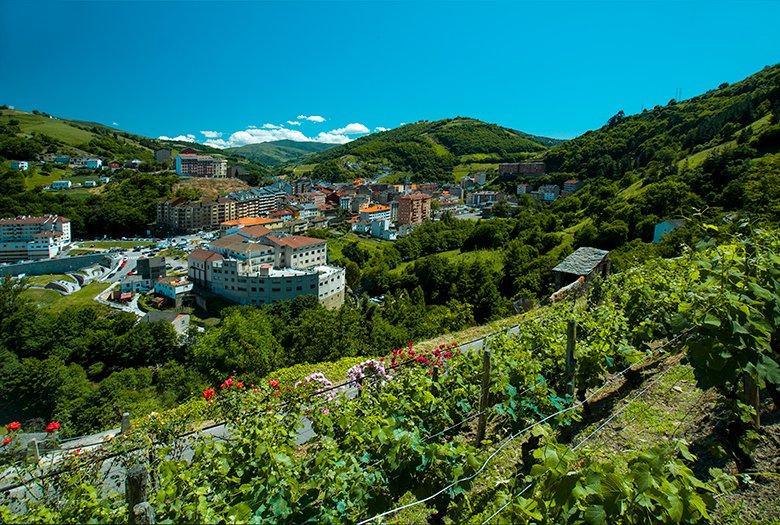
Cangas del Narcea is also that special place where you can get a taste for gunpowder and good wine, or where you can feel like a pilgrim climbing up to the Acebo Sanctuary.
This is the place where you will discover dreamy villages, with a bucolic presence, and ancient traditions such as that of the ferreiros or the black pottery of Ḷḷamas del Mouro. This is the place where you will find monasteries of imposing history and architecture such as Corias, or where you can stroll through one of the most remarkable historical and monumental towns in Asturias, the capital of this great council.
Let's start with an itinerary with the 10 best things to see and do in Cangas del Narcea!
Cudillero, a land of tradition and legend
The council of Cudillero is another of those places with a magical legacy, with dream landscapes and incredible traditions, which make it a fascinating and different destination in the west of Asturias.
Cudillero is a clear exponent of the orographic essence of Asturias, and in its almost one hundred square kilometres it draws geographies in the form of brañas and mountains, which eagerly descend towards the valleys and towards a rocky coast, with powerful cliffs. A coastline sometimes of rough waves and sometimes of calm, a refuge for tasty fish and shellfish, and a school, a way of life, and of course, a haven of leisure for the most passionate and expert seafarers.
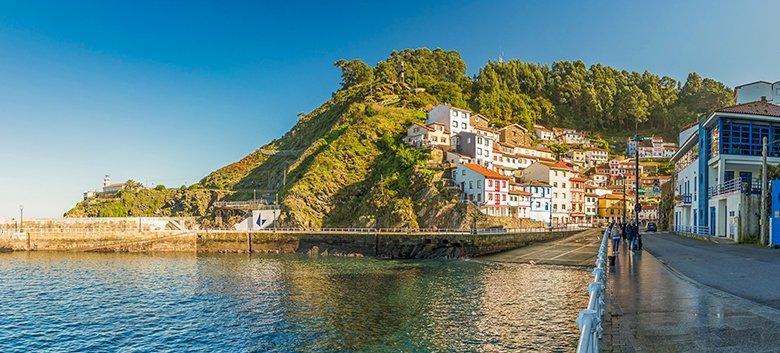
Enveloping and seductive, with that touch of mystery and that feeling of being touched by a deity that makes this seafaring town almost invisible by land and by sea, Cudillero, town and council, have it all and give it all to you: its own language with a curious history - the pixueto -, beautiful panoramic views, palaces with a Versaillesque air, Indian architecture, lighthouses in beautiful places like the one in the town itself or Cabo Vidio, unique festivals like L'Amuravela, first class gastronomy with traditions like the curadillo... And also, the Way of St. James of the Coast running through its bosom, with hermitages of Jacobean devotion like Santa Ana de Montarés.
In short, a land of legend and hundreds of stories of the sea and the land.
When you see the colourful amphitheatre of the town, you will be simply dazzled and you will want to know much more?
That's why here are the 10 best things to see and do in Cudillero!
Luarca: all the charm of the white village on the green coast and its surroundings
The council of Valdés, with its capital in Ḷḷuarca, is immense, not only physically, but also culturally. In fact, it offers you very attractive landscapes, sculpted between valleys, mountains and high brañas, with prodigious views of the Cantabrian Sea.
A land of cowboys, sailors and even medieval pirates, its capital - Luarca/Ḷḷuarca - is today a peaceful fishing village, which has been an important fishing port since the Middle Ages, and which preserves many vestiges of that glorious past: old quarters, the remains of a fortress, the Mesa de Mareantes y Navegantes, bridges with legends, or palaces and emblazoned houses. As if this were not enough, it was the birthplace of the Nobel Prize winner for Medicine, Severo Ochoa, and it preserves many memories of him.

Another curious note is that the town of Luarca/Ḷḷuarca is so white that it doesn't seem Atlantic. It is also the only one in the whole of Asturias flanked by two viewpoints and two chapels:the white one, to the east, and that of San Roque to the west, and the one with the most beautiful cemetery in the whole of the Cantabrian Sea.
And of course you have to get to know the surroundings of the Villa Blanca, because you will find an inexhaustible source of discoveries: one of the largest and most exotic botanical gardens in Europe, the Fonte Baixa Gardens; the Park of Life, a space halfway between the Earth and the cosmos; a Cape - Busto - where the best winds blow and the best cakes in Spain are made; an Asturian pilgrimage at the foot of a cliff, in Cadavéu, or the most beautiful beaches to enjoy unusual landscapes, dream baths and incredible waves.
So don't miss the Top 10 things to see and do in Luarca and the surrounding area!
Parque Histórico del Navia, the best combination of history, nature and landscape
In the west of Asturias lies the Navia Historical Park, a place where history, nature and landscape intertwine to offer unforgettable experiences. A territory structured by the imposing Navia river that invites you to explore its many landscapes and traditions.
The municipalities that make up the Navia Historical Park are Boal, Coaña, El Franco, Grandas de Salime, Illano, Navia, Pesoz, Tapia de Casariego and Villayón.
From the coast bathed by the Cantabrian Sea to the mountains hidden inland, the Navia Historical Park is an authentic journey through time and a space that surprises at every turn.

There are many unmissable landmarks in the Navia Historical Park, including its coastal villages, such as Ortigueira, El Porto/Viávelez, Navia, Puerto de Vega and Tapia.
Likewise, its beaches are another great attraction. Frexulfe, Penarronada, Santa Gadea and Porcía are some examples of what this region has to offer, where you can practise all kinds of water sports, and if surfing is your thing, Tapia beach is one of the Cantabrian meccas for this sport.
You can also enjoy the charm of a river descent on the final stretch of the river Navia, from the Arbón reservoir to the port of the town of Navia, or if you prefer, do some other active tourism activity in Boal.
As far as museums are concerned, it has emblematic facilities such as the Ethnographic Museum of Grandas de Salime, the Ethnological Museum of Pesoz and the Juan Pérez Villamil Ethnographic Museum.
In addition, this destination has medieval villages such as Argul, working class villages such as A paicega, routes such as the Oneta waterfalls, forts such as Coaña, and caves such as those of Andina.
And as if that weren't enough, it is a stopping place on the Way of St. James.
Many reasons not to miss The 10 best things to see and do in the Navia Historical Park!
Cider region, as Asturian as the apple
A healthy, peaceful and natural life has in the Cider Shire an unavoidable reference point. This region has everything you need for a happy stay: a balanced combination of sea and mountains, beautiful coastal towns and marvellous inland villages.
And when it comes to art, you can't even mention it. The best examples of Romanesque and pre-Romanesque art in Asturias, such as San Salvador de Valdedios. In fact, in this region it is very easy to visit museums, go on routes, or follow the Pilgrim's Way to Santiago de Compostela, which passes through it.
And you can even take an itinerary through its Exemplary Villages: the fishing village of Llastres, as well as Sariego, Torazu and Poreñu.
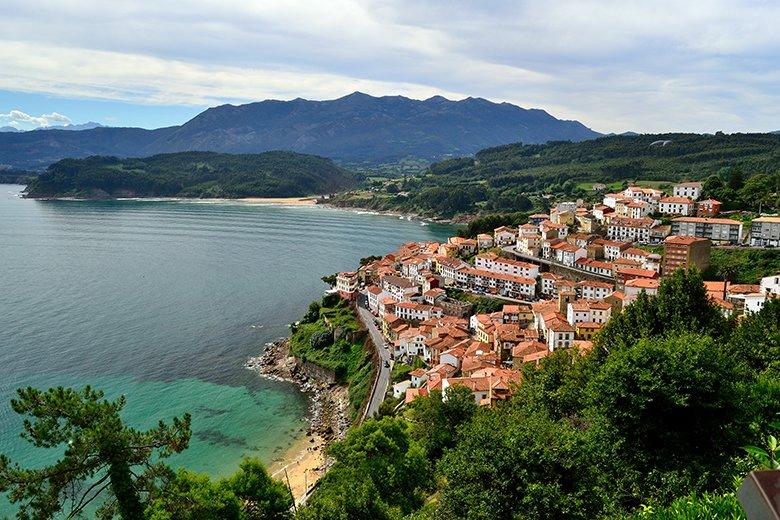
And you can't leave out the ports of Tazones and El Puntal, pure beauty and seafaring flavour in the kitchen.
Oh, and very important: take a stroll around the historic centre of Villaviciosa, and also its estuary, which is a great nature reserve.
So that you don't miss any of the essentials in this part of Asturias, here are the 10 best things to see and do in the Cider Shire!
Redes Natural Park: the magic of Alto Nalón
Caso and Sobrescobio, Sobrescobio and Caso are two parts of an indivisible whole, where the river Nalón is the artery that gives life, and without whose waters flowing crystal clear and humble in the Tarna pass, nothing in these lands with beautiful villages and which have been an eternal passage to the Meseta and vice versa, would be the same. Both municipalities are the ideal combination to make up the marvellous Redes Nature Reserve, which was deservedly declared a Biosphere Reserve by UNESCO 20 years ago.
The Redes Nature Reserve is the pure south of Asturias, and one of the privileges it boasts is being one of the great viewpoints of the Picos de Europa. It takes its name from a beech forest in Caso, and is undoubtedly one of the great natural, water, ethnographic and cultural reserves of Asturias.
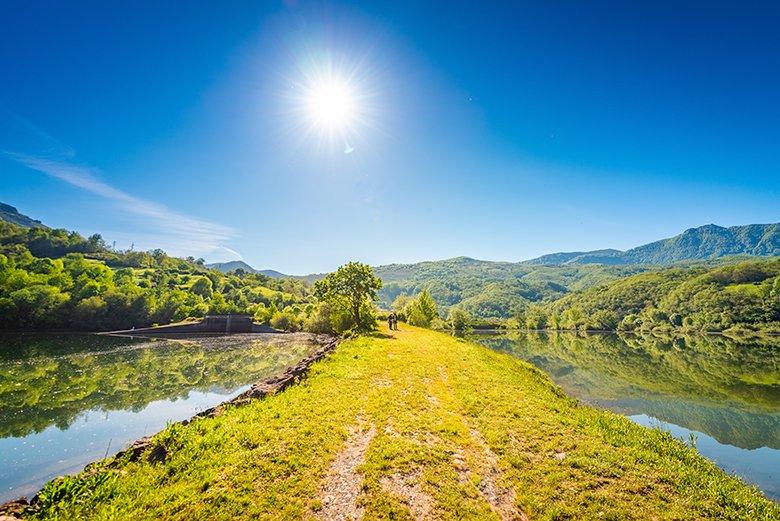
And we could say, without exaggerating, that Redes has a surprise in store for you in every corner: a wonderful granary, a wood museum, a fountain, a stream, a reservoir, a route... Not forgetting truly dreamlike villages, very authentic, very real, like their inhabitants, and like the cows themselves, which are an autochthonous breed.
In Redes, to give just one example, you can still find some "madreñero" (cowherd) doing their work, a legacy of an ancestral culture...
So don't hesitate, come to the Redes Natural Park and to help you on your journey, we show you The 10 best things to see and do in the Redes Natural Park!
Cities of Asturias: pure dynamism and hospitality
The cities of Asturias - Oviedo/Uviéu, Gijón/Xixón and Avilés - are three of the friendliest destinations to enjoy the atmosphere, hospitality and dynamism that characterise them. They are cities of very human dimensions, very accessible, easy to explore and get to know, and with a lot of cultural 'crumb'. Historical and monumental centres full of great stories, lively atmosphere in terraces, cider houses and restaurants, beautiful walks along the mountains, estuary or sea. There are dozens of things to do, all within easy reach. They are really very comfortable cities, both for their inhabitants and for their visitors.

And also, with the advantage of its location within the Principality, very central and with excellent communications, which provides tourists with a multitude of options from the cities themselves.
If you like fun and enjoyable trips, our blog has a wide variety of proposals to choose from!
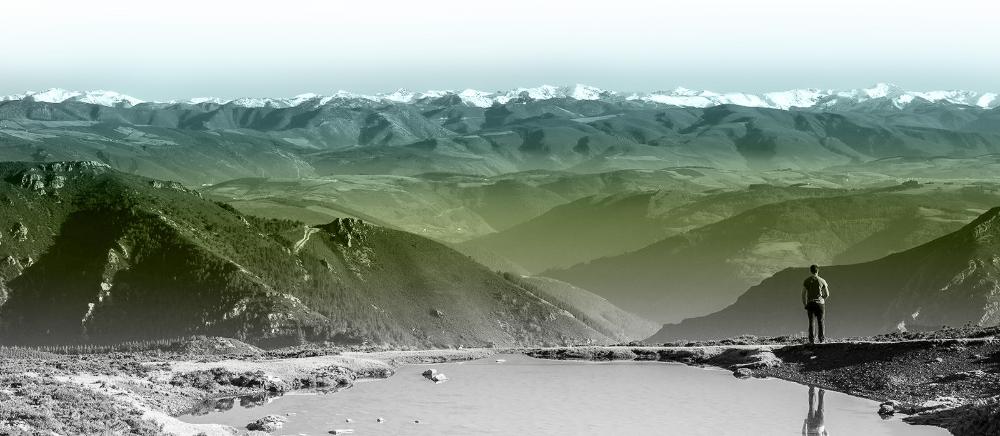
Subscribe to our newsletter and take advantage of offers, discounts, and news
Subscribe


